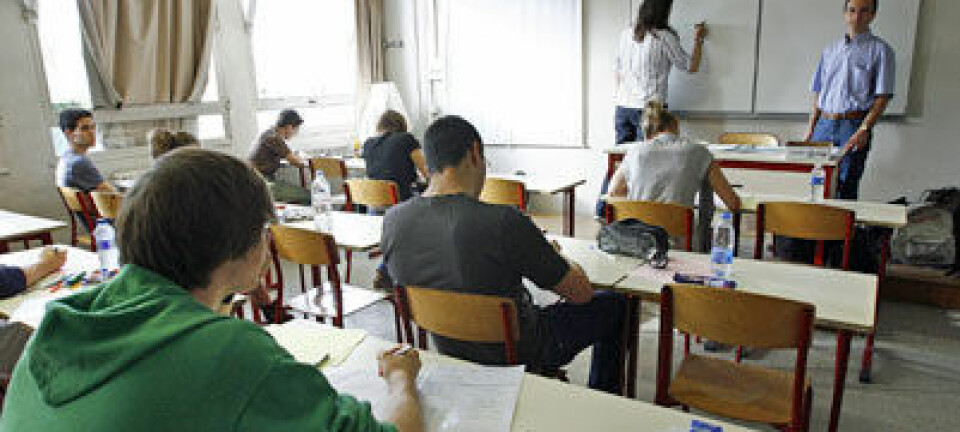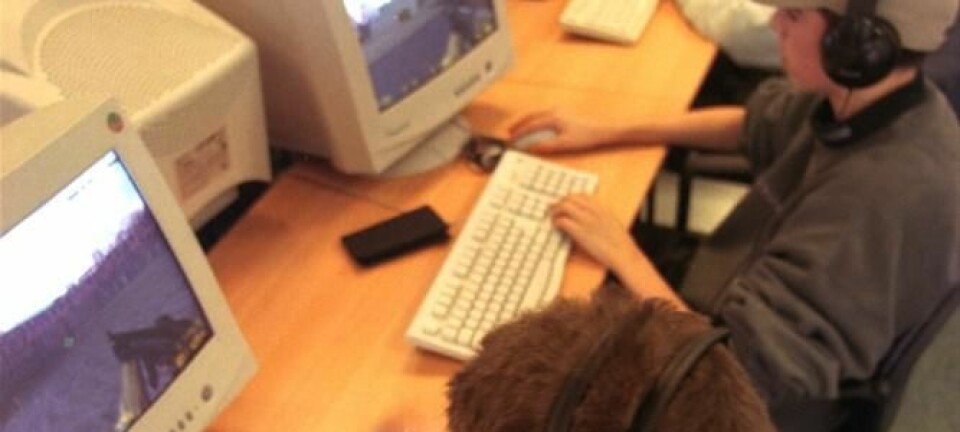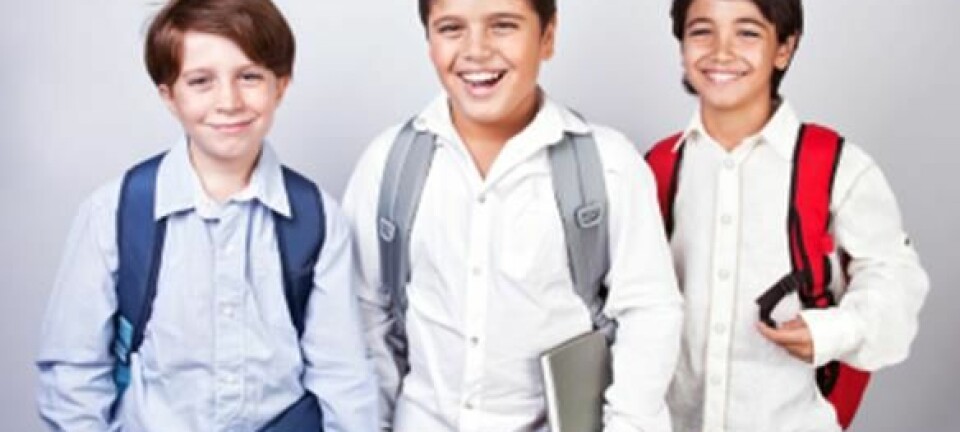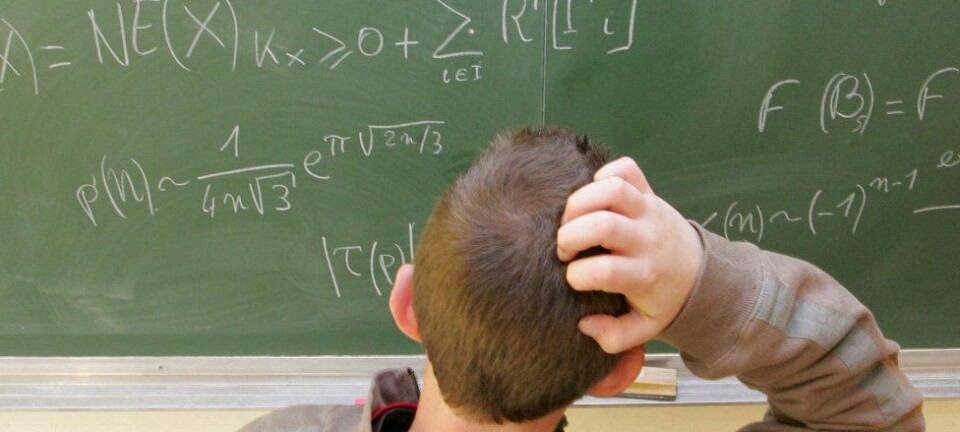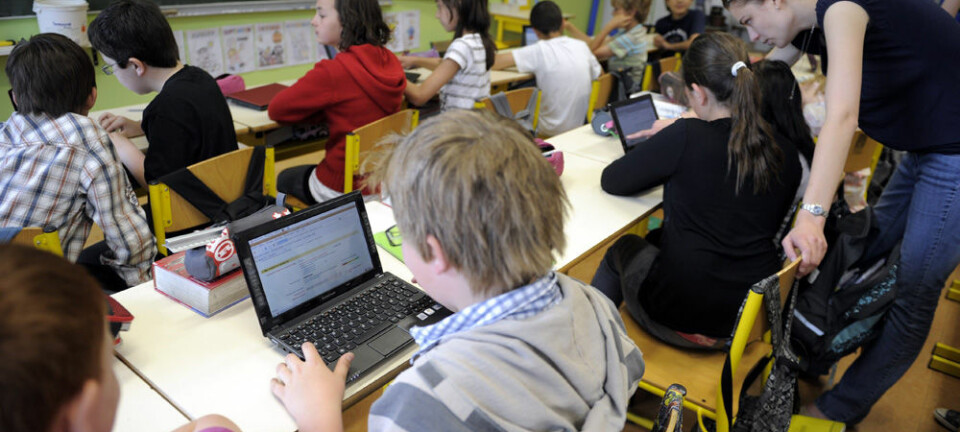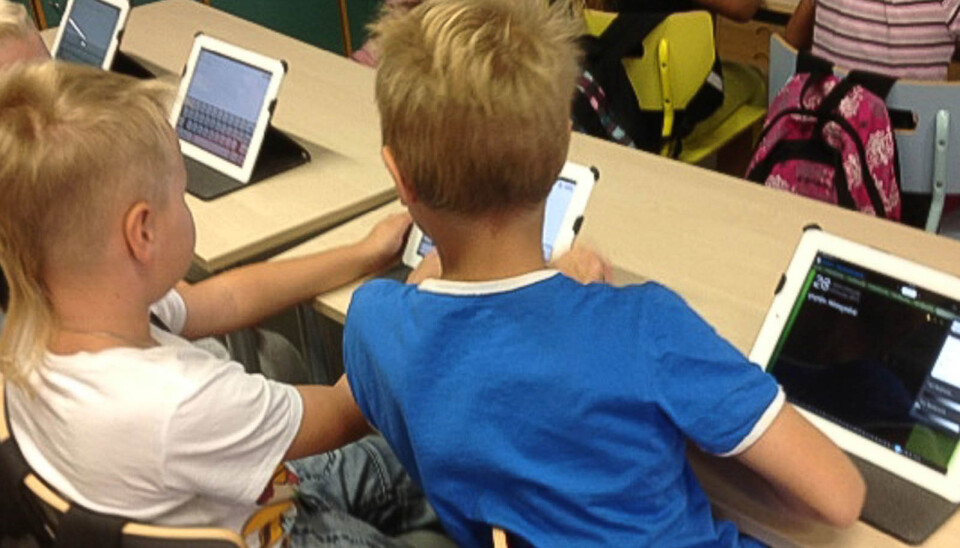
Finnish school abandons books for tablets
Some first-graders in Finland are being educated without printed books.
Savonlinna University Practice School is a small elementary and middle school (grades one to nine) near one of the University of Eastern Finland's campuses. The elementary and middle school is now playing a central role in the university's educational research and experimentation.
The school has specialised in the use of PC tablets in primary school. Kimmo Nyyssönen is the teacher in charge of coordinating these initiatives. The school already has years of experience in the use of tablets and now wants to find out if it can take things to a new level by discarding books altogether.
“Tablets have been in use in Finnish schools for a while, but we are the first school to use them extensively in several grades. We are also the first to try leaving traditional school books behind,” he says.
They call their new project Future Classroom 2020.
Radical experiment
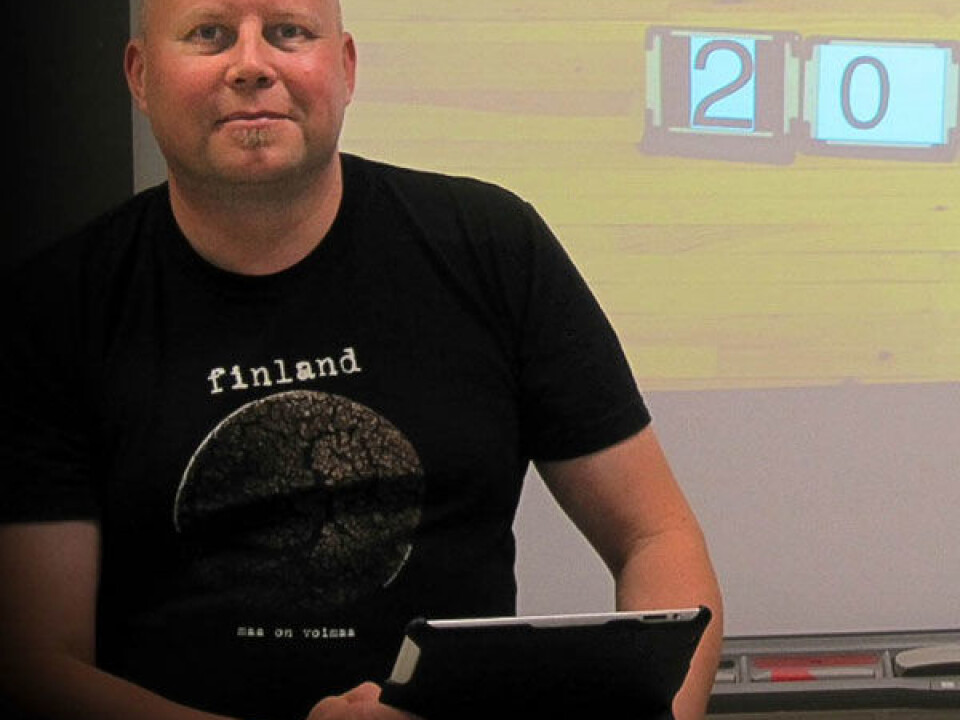
Many of the school's grades are involved in the project, but the way tablets are being used in the two first-grade classrooms is the most experimental.
One class of kids will use traditional learning tools while the other will mainly use tablets. Nyyssönen explains that this system came about rather by chance. The teachers were given the option of both methods and one favoured tablets, the other favoured books on paper.
The experiment gives researchers at the University of Eastern Finland a unique opportunity to gain insights into new forms of education. But these kids are no lab rats. Nyyssönen and his colleagues put the pupils in their classes first. They reckon on seeing tangible results pretty soon.
“We expect to have a lot of experience to build on by spring,” he says.
Four years without paper books
Educators involved in the tablet project have been given a lot of leeway to decide how they want to go about teaching kids. The only disadvantage is that they are not being given any funds for buying printed books as long as the project is under way.
“The teachers who wanted to participate in the project have to stick with it for four years, during which their classes will not be allowed to buy new paper-based books. The money will be spent on tablets,” says Nyyssönen.
The teachers could choose what sort of materials they wanted to use and they all decided on tablets, which the pupils get to have.
The teachers’ educational methods are being developed in collaboration with the pupils and their parents.
“The pedagogical point of departure is learning collectively and cooperation. The idea is to use a cooperative educational model that generates opportunities for the pupil and the teacher to solve problems and find out things in innovative ways,” says Nyyssönen.
The teachers meet frequently to exchange experiences and solve practical problems that turn up.
Building a learning network around the pupils
Nyyssönen is particularly concerned about getting the kids to include the people around them in their education. They can use tablets to share their work with fellow pupils, students, parents and others. This can lead to valuable viewpoints, tips and comments.
“It’s fine if they want to contact experts completely outside the school system if it is thought necessary,” he says.
The pupils are allowed to take the tablets home. This enables the educators to involve the pupil’s family, friends and environment in the teaching.
“This fall the first-graders used their tablets to take photos and make audio recordings of traffic and the outdoor environment where they live.”
Parents become motivated
Once the kids started working in such a high-tech way, parents became more involved in their daily schooling.
“It took a while to convince parents about the new learning methods, but now most of them are enthusiastic and participate actively in the school work,” says Nyyssönen.
Inspiring life-long learning
Nyyssönen and fellow teachers want the kids to use the tablets for ordinary school work and to work with other things that spark their interest. They hope this will make education a rewarding activity that the pupils can benefit from the rest of their lives.
As an example, the pupils in the school’s two second grade classes have opted to cooperate on a blog about their daily experiences at school. Others have also written their own book, the teachers report..
“Last year the pupils in my fifth grade class wrote a book about pets," one teacher said. "They got it published electronically in Apple’s iBookStore.”
This year they are branching out, the teachers say. “The pupils in my class are making their own books in a number of subjects and will be publishing them individually upon completion,” another teacher reported.
This type of creative problem-solving is especially important for the first graders who are using tablets, according to Nyyssönen. “This class doesn’t use the ordinary ABC or arithmetic books. From our educational standpoint, the youngest pupils should learn primarly by producing their own work and finding out things on their own.”
------------------------
Read the Norwegian version of this article at forskning.no
Translated by: Glenn Ostling
